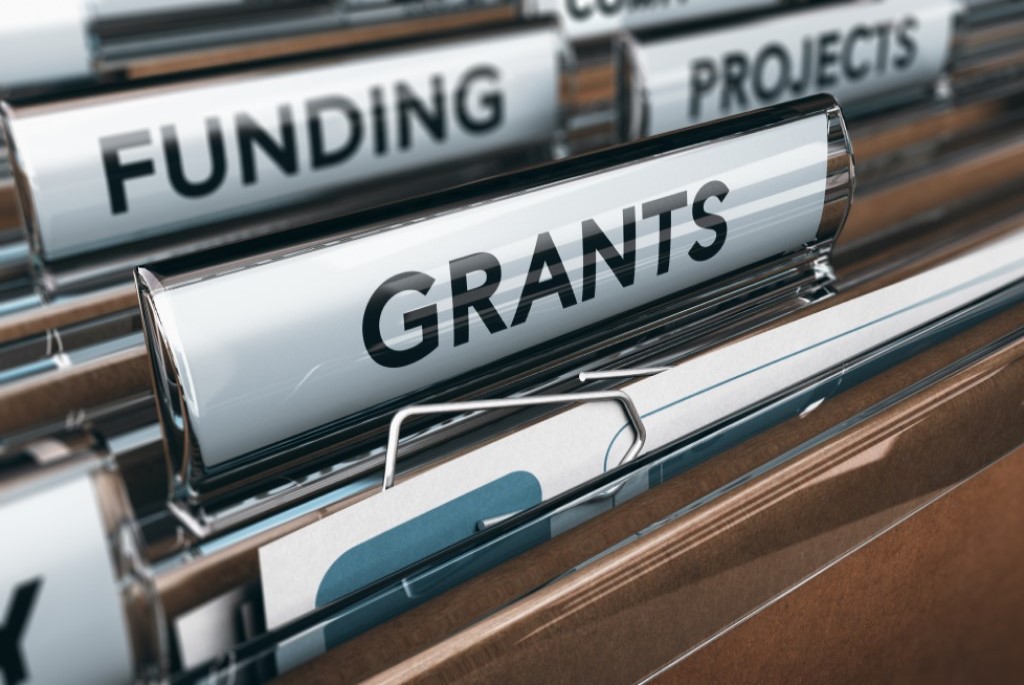Effective May 21, 2023, P&N has joined EisnerAmper. Read the full announcement here.

Last updated on 4/10/2020
Federal, state, and local grants and awards related to the coronavirus pandemic will likely continue to be made available. Entities receiving grants or awards should continue to maintain internal controls that provide reasonable assurance regarding the achievement of objectives.
As awards or grants are received and funds disbursed, internal controls should be at the forefront of decision making and embedded in an entity’s activities and processes. Furthermore, modifications to processes or internal controls should be documented and retained for audit evidence.
The Committee of Sponsoring Organizations of the Treadway Commission (COSO) issued the revised Internal Control – Integrated Framework in 2013, which provides thought leadership related to the design and implementation of internal controls. The Standards for Internal Control in the Federal Government (known as the Green Book), provides an overall framework for establishing and maintaining an effective control system and adapts the COSO principles for a government environment. The following is a summary of the Green Book and COSO Components and Principles of Internal Control from Part 6 of the 2 CFR Part 200, Appendix XI Compliance Supplement:
|
Components of Internal Control |
Principles |
|
Control Environment |
1. Demonstrate Commitment to Integrity and Ethical Values 2. Exercise Oversight Responsibility 3. Establish Structure, Responsibility and Authority 4. Demonstrate Commitment to Competence 5. Enforce Accountability |
|
Risk Assessment |
6. Define Objectives and Risk Tolerances 7. Identify, Analyze, and Respond to Risks 8. Assess Fraud Risk 9. Identify, Analyze, and Respond to Change |
|
Control Activities |
10. Design Control Activities 11. Design Activities for the Information System 12. Implement Control Activities |
|
Information and Communication |
13. Use Quality Information 14. Communicate Internally 15. Communicate Externally |
|
Monitoring |
16. Perform Monitoring Activities 17. Evaluate Issues and Remediate Deficiencies |
The principles and components above do not exist in isolation; they should operate together in an integrated manner to create an effective internal control system.
Need help?
P&N has a depth of resources available to assist with your internal control or governmental needs. Reach out to start a discussion.




